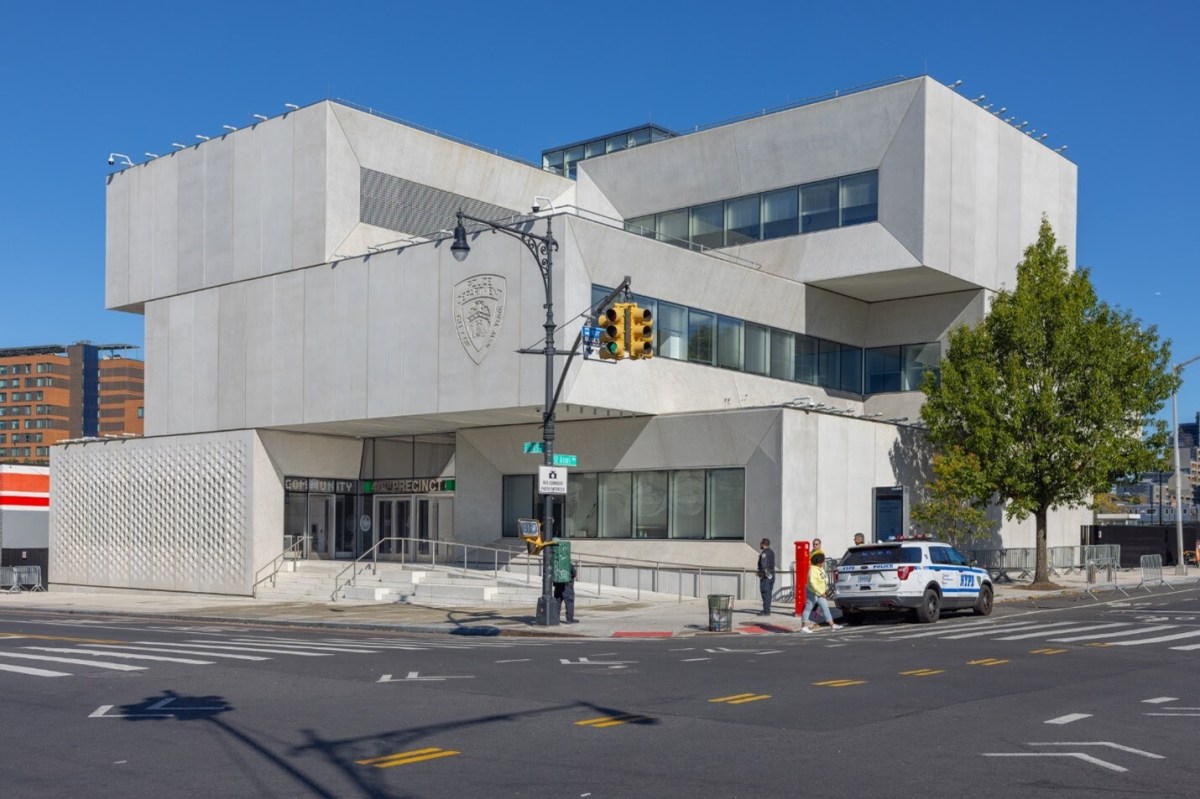Hey, millennials: It’s tough to find well-paid employment in New York, but once you get it, you’re in pretty good shape to go further.
Those are the conclusions to be drawn from two new reports released this week. One, out Tuesday from the city comptroller’s office, found that local millennials continue to struggle with underpaying jobs and high unemployment, despite a larger number of young adults holding a college degree.
A separate analysis by the consumer financial group Bankrate, however, ranked New York City the number one city in the country for career advancement among young professionals.
Experts say the reports demonstrate a shift in the city’s job market where the rewards are well worth the extra work.
“Once they get over that hump, New York is just a place filled with opportunity,” said Jonathan Bowles, the executive director of the nonprofit Center for an Urban Future.
Scott Stringer’s report, which used census data and other sources, found that real wages for adults in their 20s fell by 26% between 2000 and 2014. Although 72% of people between 23 and 29 have some college education, about 28.4% of young adults work in the retail or hospitality and food service sectors, which pay around $20,000 on average, the report said.
“We have younger people stuck in place now and we have to do a little more to move them a bit,” Stringer said.
Bowles said the recession and the rise of the gig economy have made it more complicated to get a foot in the proverbial door.
“People are freelancing, because a lot of the big companies aren’t working as much as before. They have to make their own way,” he said.
Mecca Jeter, 25, of midtown, said she’s holding on to her retail job “by the skin of my teeth.”
“The hardest thing is getting a job and holding onto it once you get it,” she said.
Shin Nguyen, 22, of Bedford Park, studied graphic design but works as a food server and said he had second thoughts about coming to New York.
“I’m financially stable … But I feel like I should be working in my major,” he said.
But, there appears to be hope for those who gut it out.
Claes Bell, an analyst at Bankrate, said New York came out on top when it comes to the potential for career advancement because of its higher economic ceiling.
Although there is tight competition for jobs, New York offers diverse employment opportunities among different types of fields and at different employment levels, he said.
“If you move to a smaller city and the job doesn’t work out, it may be harder to find a job in a similar field,” he said.
Bell said young adult New York employees who manage to “make it,” are ultimately primed to enjoy a better quality of life than their counterparts across the country, thanks to local assets such as a rich cultural landscape and a robust transit system.
It’s not all dire when it comes to the startup economy; the accompanying surge in entrepreneurship along with major advances in technology have offered another way in for millennials.
“I don’t think entrepreneurship is the new thing,” said Giacomo Santangelo, an economics professor from Fordham University. “Our attitude toward it via social media is different.”
Some 147,132 New Yorkers identified as “self-employed in their own incorporated business” in 2014, according to the city’s Economic Development Corporation.
That group earned an average of $78,635, the EDC said.
Stringer proposed several recommendations to assist young New Yorkers struggling to carve out a professional future, including the creation of more affordable housing options.
Bell agreed that the housing crisis needs to be addressed.
“It’s going to be a bigger and bigger obstacle,” Bell said of rising rents. (with Ann W. Schmidt)
Here is a breakdown of the top five industries for employees between 18 and 29 in 2000, according to the comptroller’s office.
Retail: Total number of workers: 112,234 (13.5% of total workforce); Average Wage in 2014 dollars: $25,868
Finance: Total number of workers: 94,479 (11.4% of total workforce); Average Wage $67,136
Construction and Manufacturing: Total number of workers: 73,212 (8.8% of total workforce); Average Wage in 2014 dollars: $30,631
Hospitality and Food service: Total number of workers: 69,409 (8.4% of total workforce); Average Wage in 2014 dollars: $22,579
Health Care: Total number of workers: 69,409 (8.4% of total workforce); Average Wage in 2014 dollars: $22,579
Here is the breakdown of the top five industries for employees between 18 and 29 in 2014.
Retail: Total number of workers: 156,488 (16.3% of total workforce); Average Wage: 21,848
Hospitality and Food service: Total number of workers: 116,490 (12.1% of total workforce); Average Wage: $18,989
Health Care: Total number of workers: 92,096 (9.6% of total workforce); Average Wage: $36,265
Education: Total number of workers: 87,433 (9.1% of total workforce); Average Wage: $28,808
Finance: Total number of workers: 83,605 (8.7% of total workforce); Average Wage: $76,586































